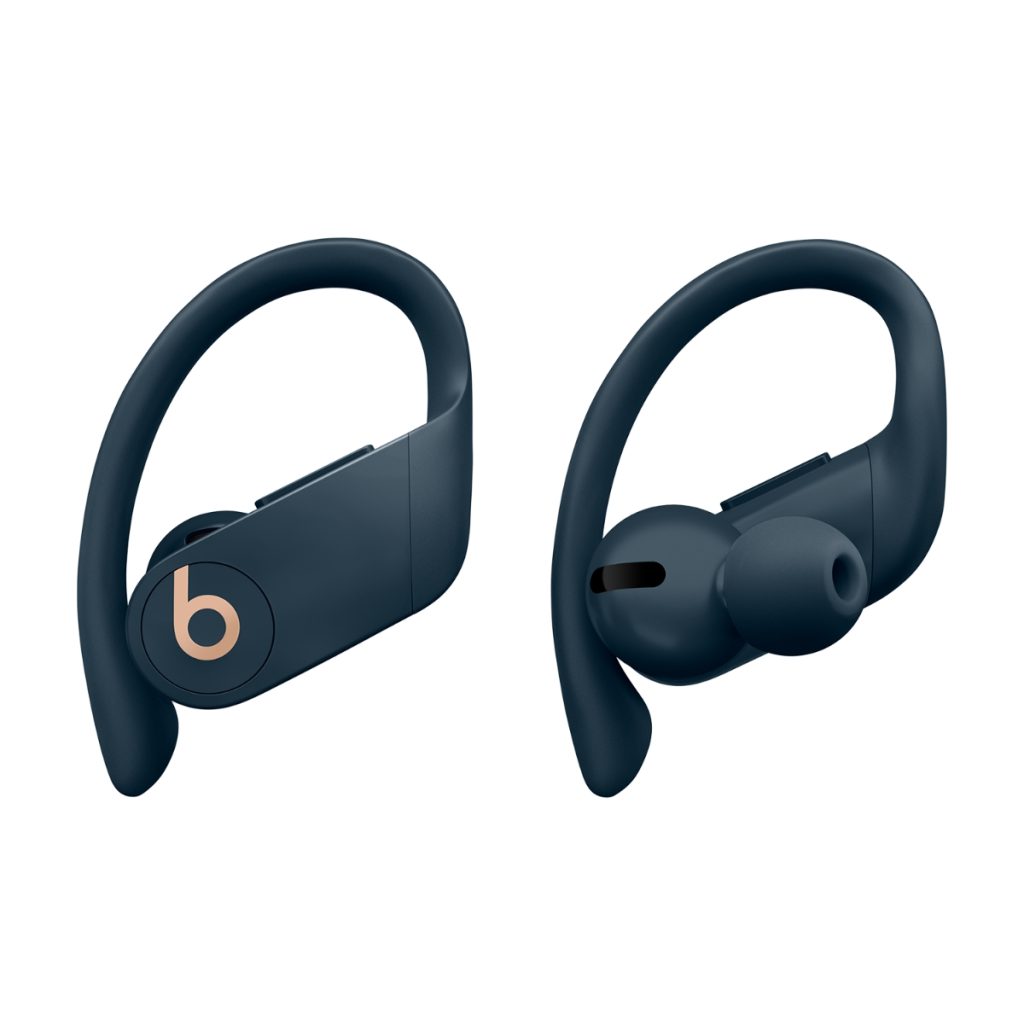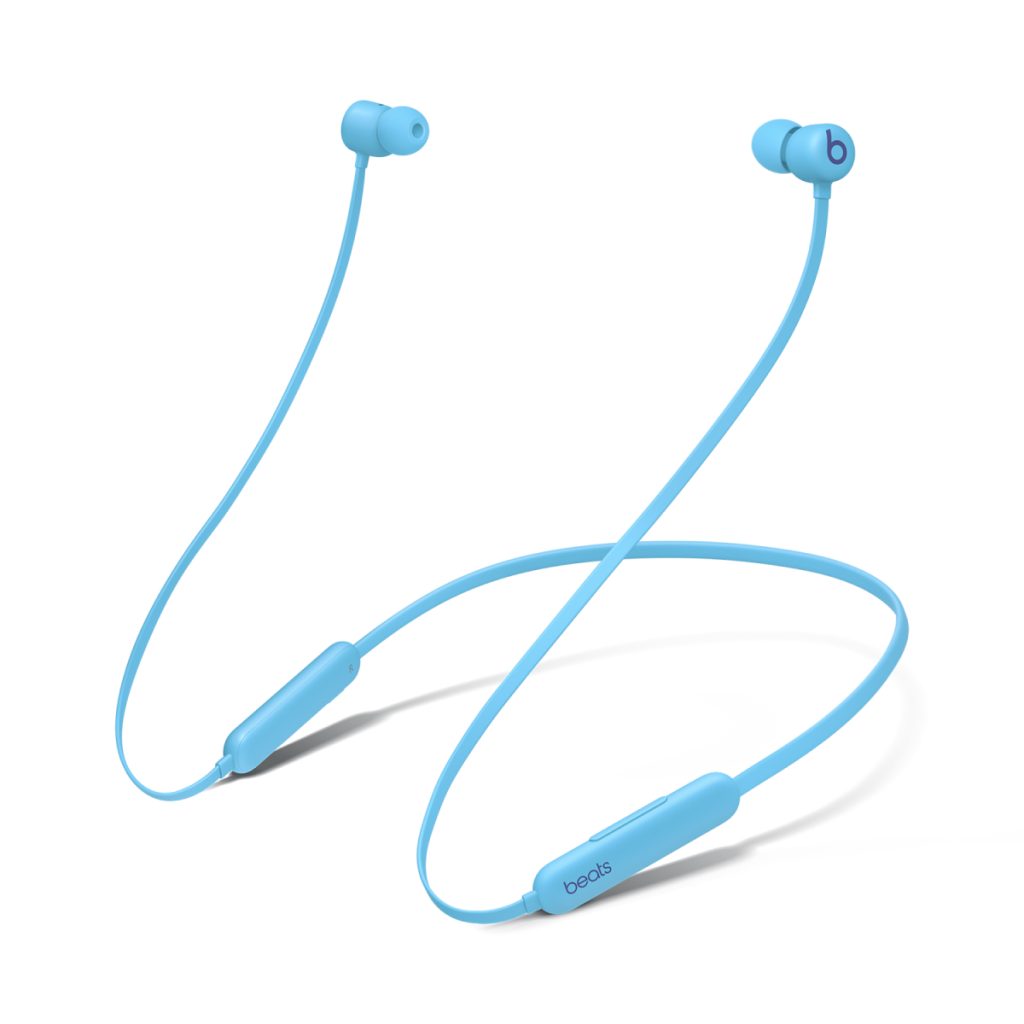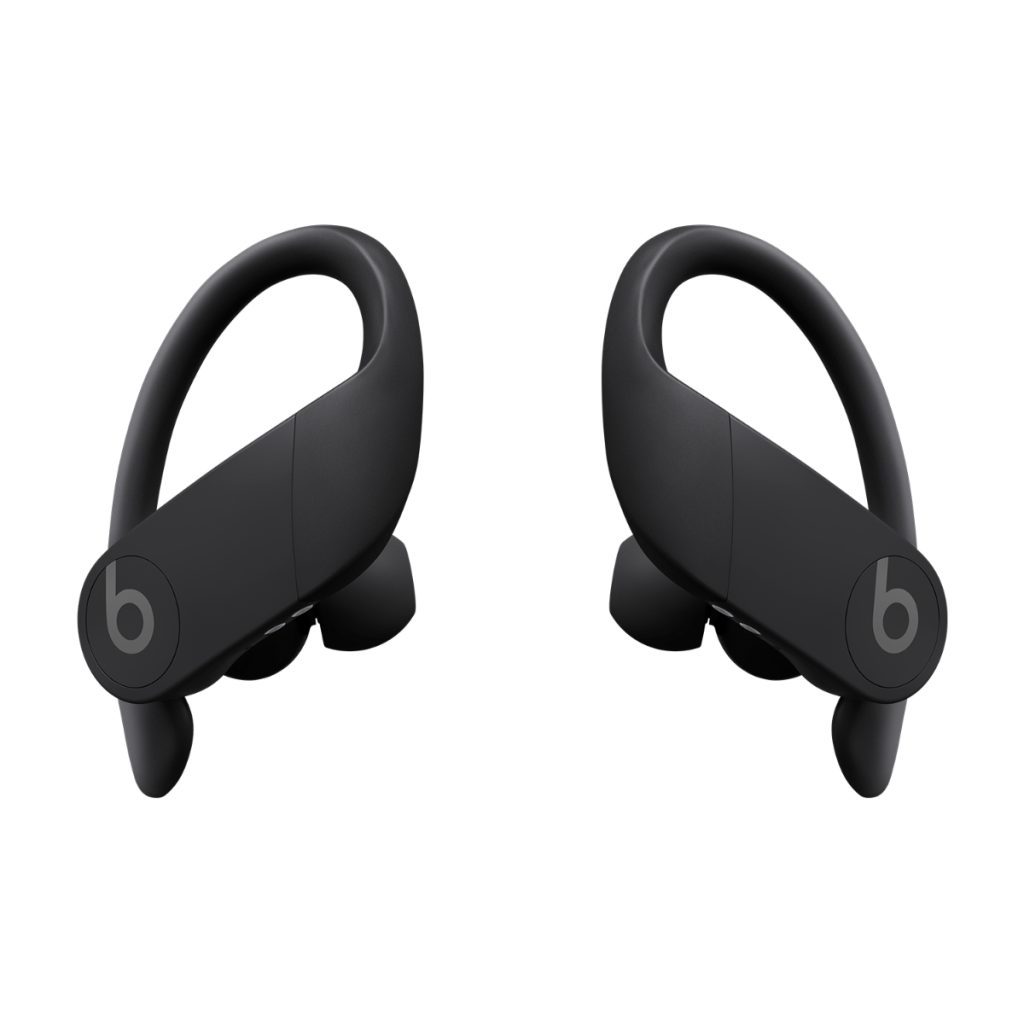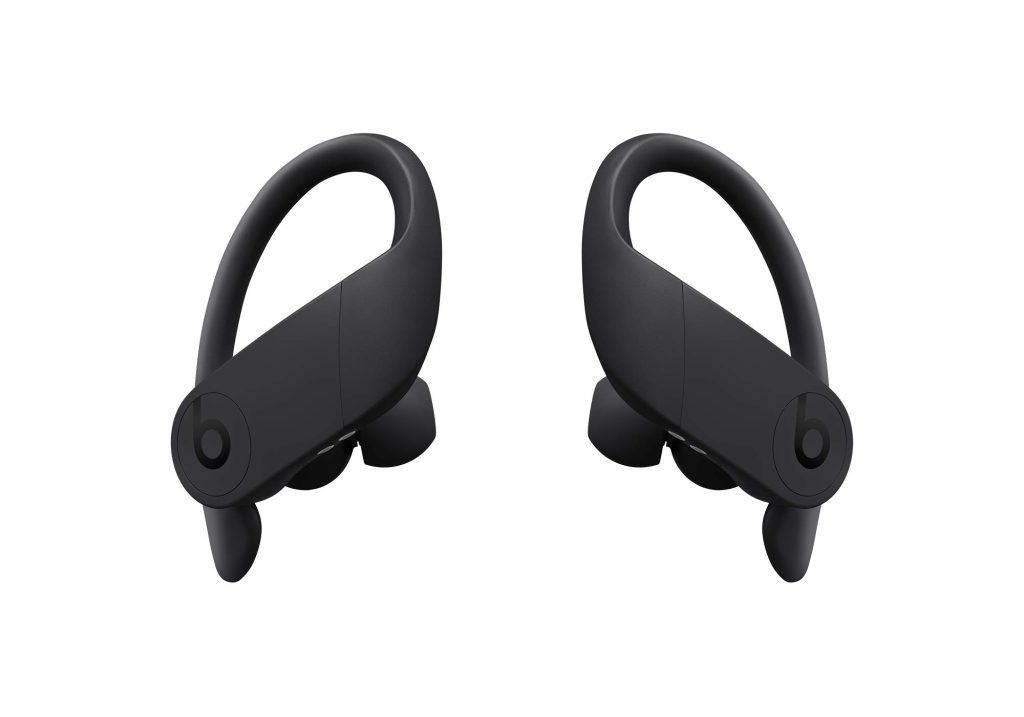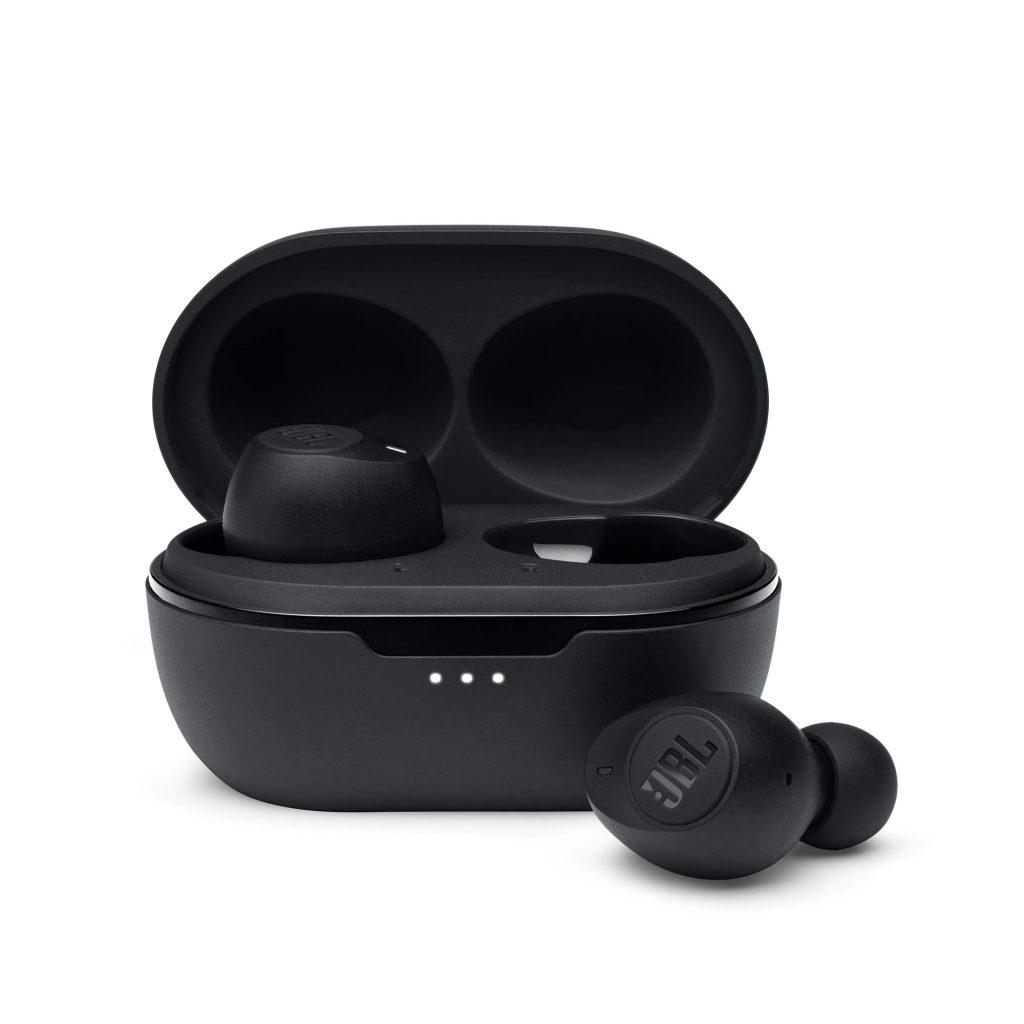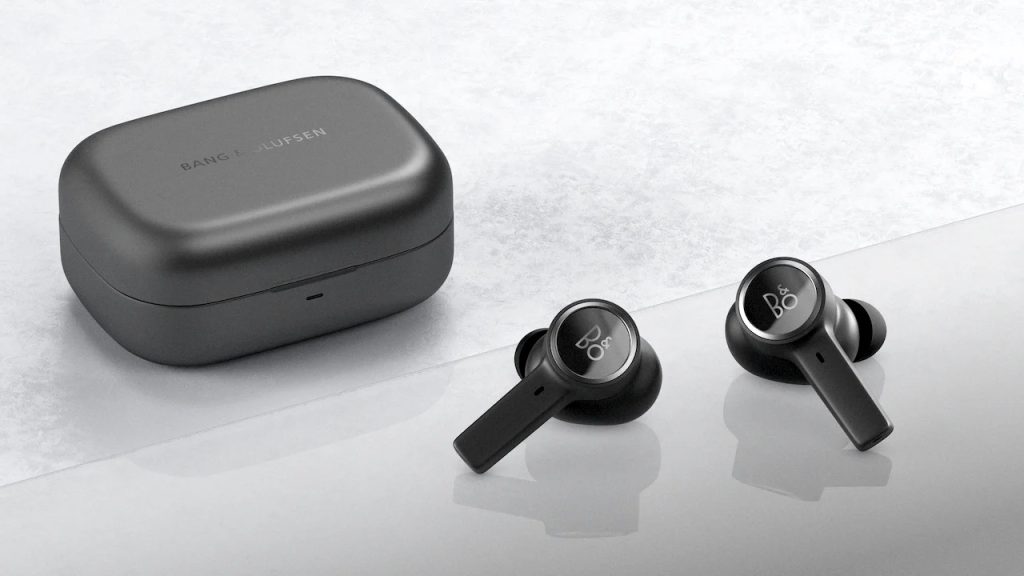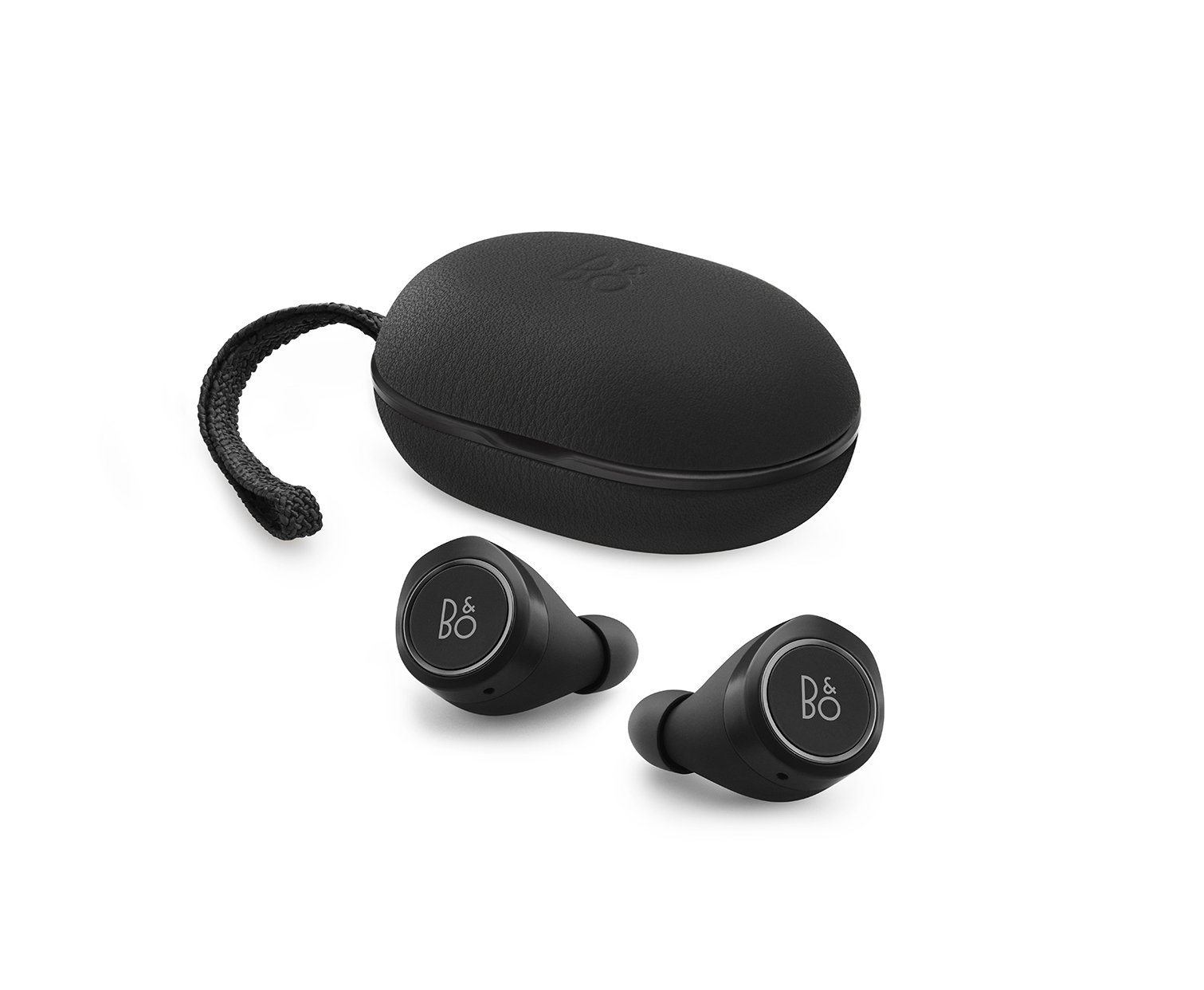Skullcandy Earbuds Review: Balancing Quality, Comfort, and Style
Skullcandy earbuds have become synonymous with vibrant lifestyle-oriented audio products that offer a balance between sound quality, comfort, and aesthetic appeal. Whether you are a fitness enthusiast, a daily commuter, or simply looking for a reliable pair of earbuds to enjoy your music, Skullcandy has built a reputation for providing options that cater to various needs and preferences. In this review, we will dive into the features of Skullcandy earbuds that make them stand out in the crowded market of audio accessories. We’ll evaluate their audio performance, comfort and fit, design and style, and the overall value they provide.
Delivering the Skullcandy Sound
Dynamic Sound Experience
Skullcandy earbuds are known for their dynamic sound signature, which often emphasizes deep bass without compromising the clarity of mids and highs. They provide an immersive sound experience that can pump up the energy during workouts or make your favorite tracks come alive. For those who prioritize sound, Skullcandy ensures that their earbuds deliver vibrancy and depth in every beat.
Enhanced Audio Features
Many Skullcandy models come with additional audio features that enhance the listening experience. These can include noise isolation to keep external sounds at bay, or even active noise cancellation (ANC) for certain premium models. Some earbuds also offer customizable sound profiles through the Skullcandy app, allowing users to tailor the audio to their personal taste.
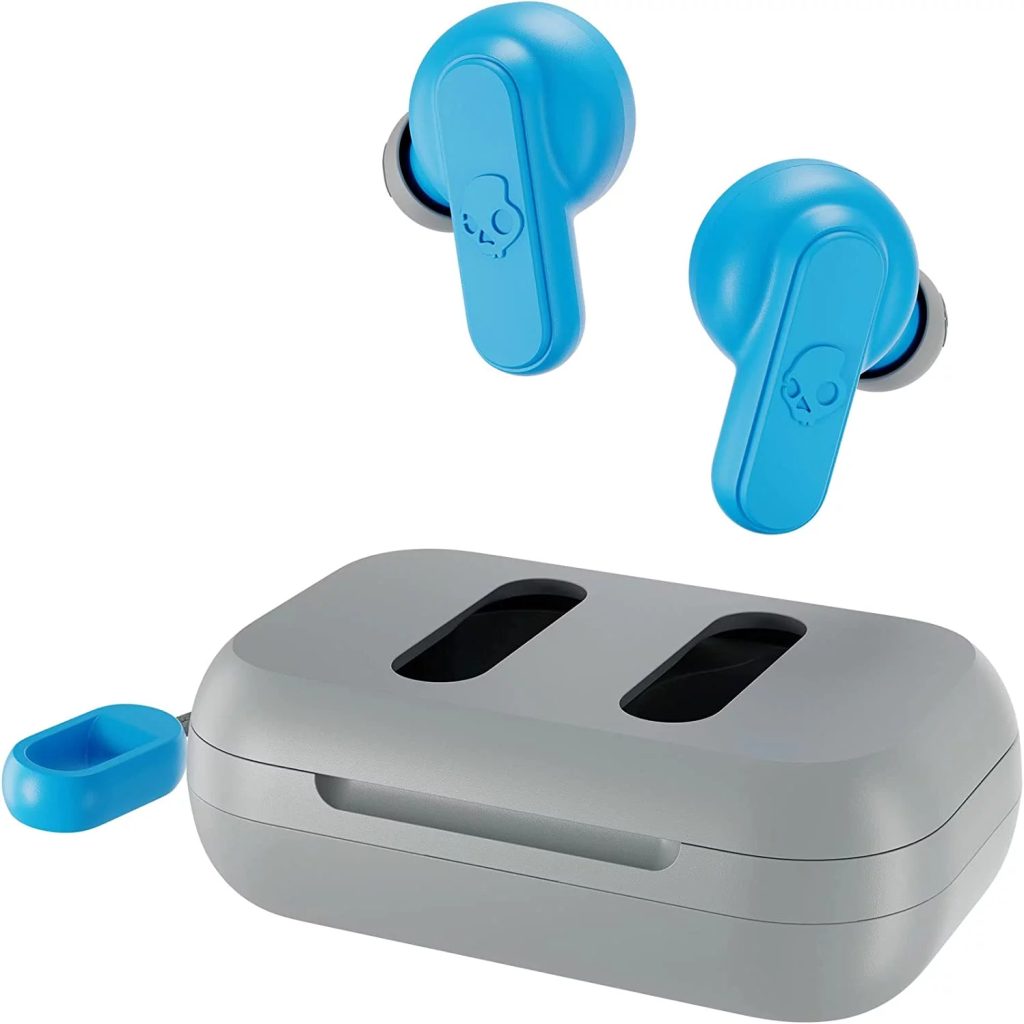
Designed for Extended Wear
Ergonomic Design
The comfort of earbuds is paramount, especially for users who wear them for long periods. Skullcandy earbuds are designed with ergonomic features that ensure a snug and comfortable fit. Soft silicone ear tips in multiple sizes allow users to find the perfect fit for their ear canals, reducing ear fatigue and providing a pleasant listening experience throughout the day.
Staying Secure During Activities
For those who are active or enjoy music while exercising, Skullcandy offers options with secure-fit designs. Certain models come equipped with features such as flexible neckbands, stabilizing gels, or ear hooks that ensure the earbuds stay securely in place, even during high-intensity activities. This not only adds to the comfort but also provides peace of mind that your earbuds won’t fall out when you’re on the move.
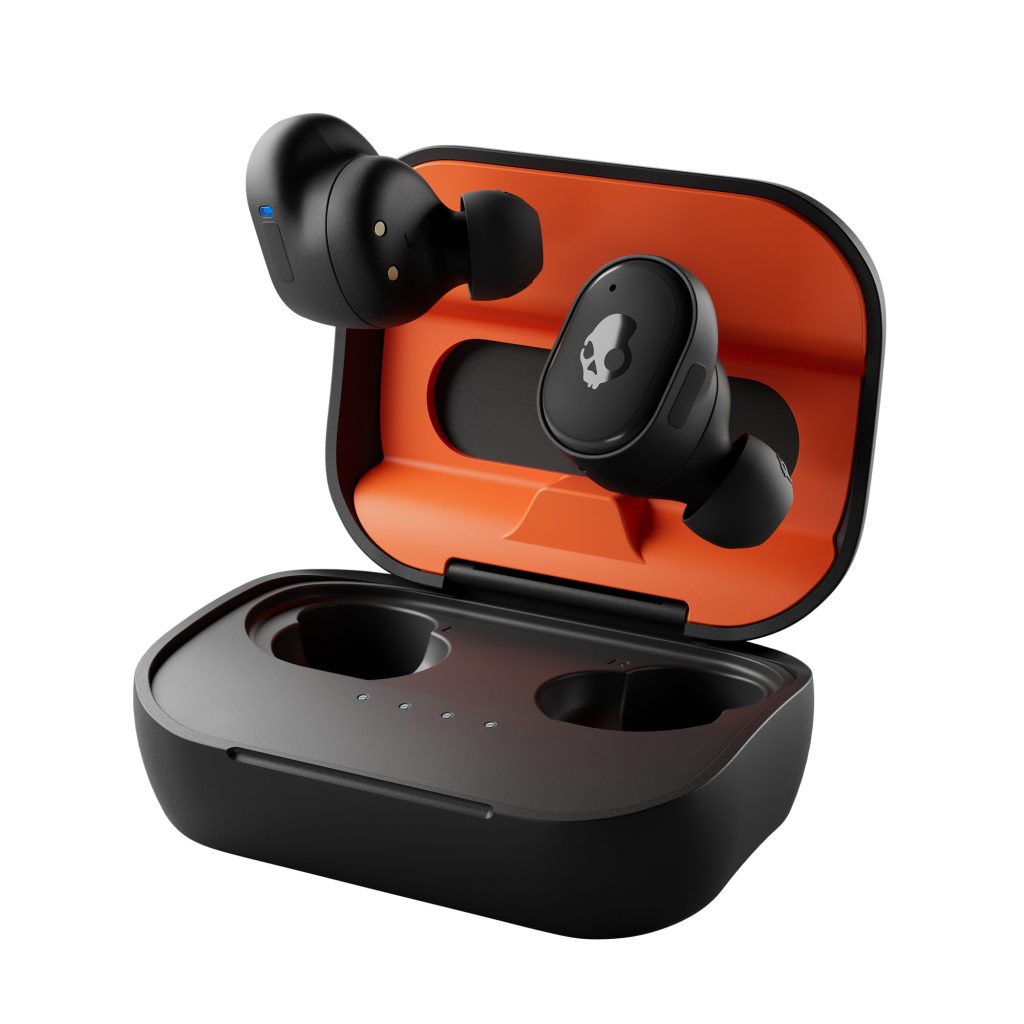
The Skullcandy Aesthetic
Fashion-Forward Looks
Skullcandy doesn’t hold back when it comes to design. Their earbuds often feature bold colors and unique patterns that align with contemporary fashion trends. This makes them not just a tool for listening to music but also a style accessory that complements your personal brand. Skullcandy earbuds are for those who want to make a statement with their tech.
Build Quality and Materials
Despite their stylish appearance, Skullcandy earbuds don’t sacrifice durability. Built with quality materials, they are designed to withstand regular use and the occasional mishap. Details such as sweat and water resistance in certain models make them an excellent choice for users with active lifestyles who need earbuds that can cope with a variety of conditions.
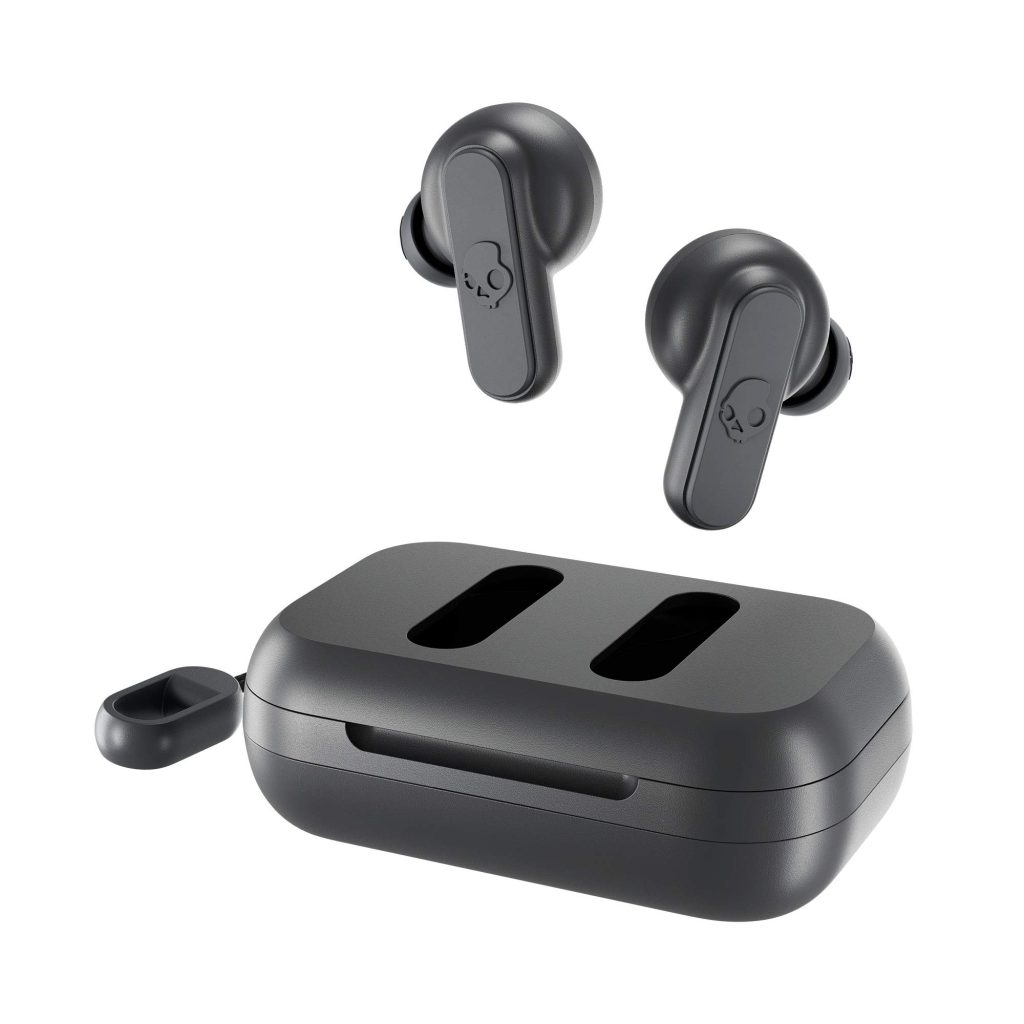
Assessing the Overall Worth
Cost-Effectiveness
Skullcandy earbuds come in a range of prices to fit different budgets, from more affordable options that still offer quality sound, to higher-end models packed with advanced features. They provide a cost-effective solution for those who don’t want to break the bank but still seek a premium audio experience. With Skullcandy, users can expect a good blend of features at a reasonable price point.
Overall Experience and Customer Satisfaction
The true value of Skullcandy earbuds extends beyond their price. It encompasses the overall user experience, which includes the ease of use, the quality of customer service, and the satisfaction of owning earbuds that are both functional and stylish. The brand has garnered a loyal following by consistently delivering a product that meets the needs of a diverse customer base.

Trusting in Skullcandy’s Commitment
Durable Design for Long-Term Use
Skullcandy understands the importance of creating products that last. The longevity of earbuds is a crucial factor for consumers, and Skullcandy earbuds are built to endure the rigors of daily use. With features like reinforced cables and impact-resistant materials, users can trust in the durability of their earbuds, ensuring they perform well over time.
Warranty and Customer Support
In addition to constructing durable products, Skullcandy backs their earbuds with a warranty that protects against manufacturing defects. Their customer support is responsive and helpful, providing peace of mind to customers. Should any issues arise, Skullcandy’s policies and support team ensure that users can get their earbuds repaired or replaced, maintaining customer satisfaction and brand loyalty.
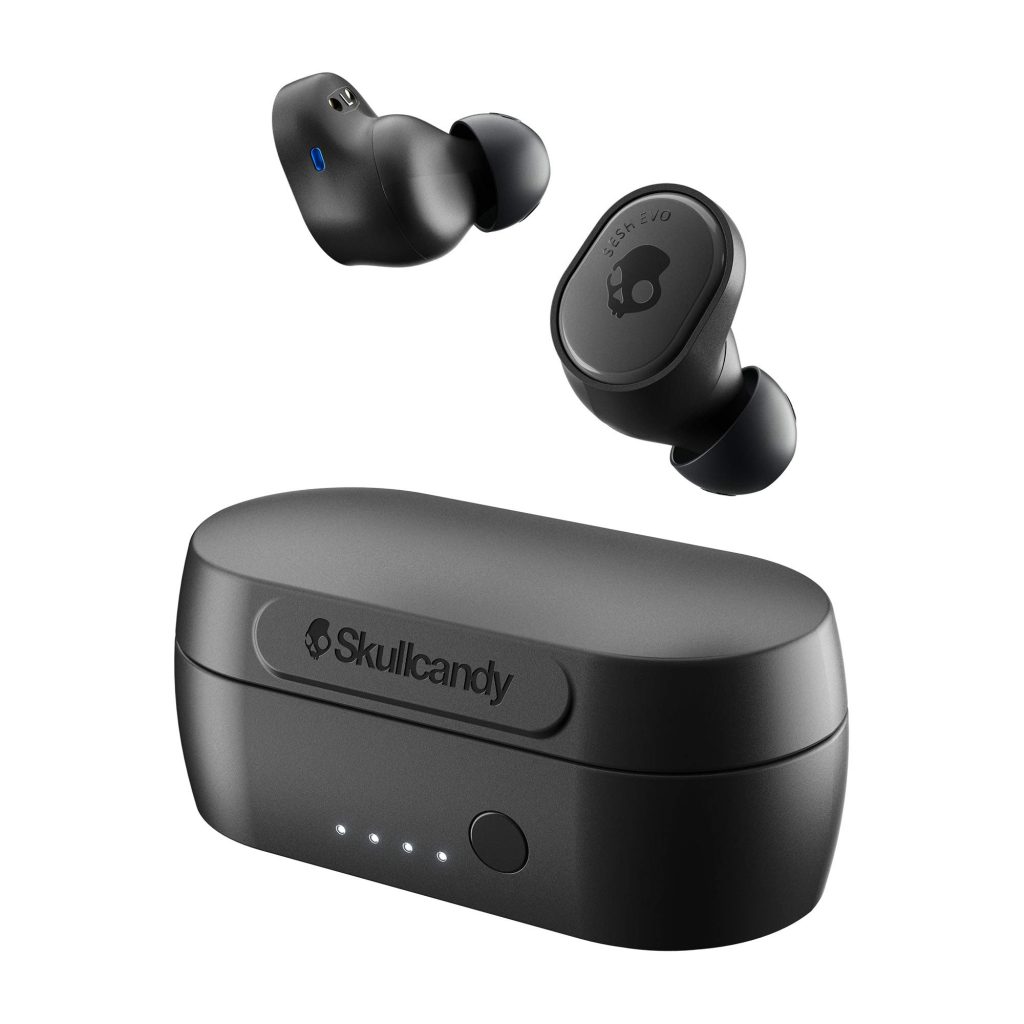
Keeping Up with the Times
Incorporating Modern Features
Skullcandy stays ahead of the curve by integrating modern technologies into their earbuds. From Bluetooth 5.0 for enhanced connectivity to touch controls for seamless operation, Skullcandy earbuds boast features that cater to the tech-savvy user. For those who enjoy voice commands, many Skullcandy models are compatible with voice assistants, adding to the convenience and futuristic feel of the products.
The Skullcandy App Experience
To complement their earbuds, Skullcandy offers a proprietary app that unlocks additional functionalities. Users can customize their EQ settings, locate their earbuds if they are misplaced, and access firmware updates to keep their earbuds up to date. This app enhances the user experience by providing a central hub for personalizing and managing Skullcandy earbuds.
The Skullcandy Culture
Engaging with the Skullcandy Community
Skullcandy isn’t just about producing earbuds; it’s about fostering a community around a shared love for music and lifestyle. Through social media, events, and collaborations with artists and athletes, Skullcandy has built a culture that connects with its audience. This engagement contributes to the overall brand experience and creates a sense of belonging among Skullcandy users.
Impact on the Audio Accessory Market
Skullcandy has made a significant impact on the audio accessory market by offering products that resonate with a younger demographic. Their focus on combining audio quality with stylish design has influenced industry trends and consumer expectations. As a company that understands its audience, Skullcandy continues to innovate and inspire, securing its place as a household name in the world of audio accessories.
In summary, Skullcandy earbuds stand out for their combination of quality audio, comfort, and trendy design, all packaged at a price point that offers good value for money. Whether it’s through their solid sound performance, their snug yet secure fit, or their eye-catching looks, Skullcandy has carved out a niche in the audio market that appeals to both audiophiles and style-conscious users alike. By balancing these aspects, Skullcandy continues to be a compelling choice for anyone in search of a reliable and fashionable pair of earbuds.



